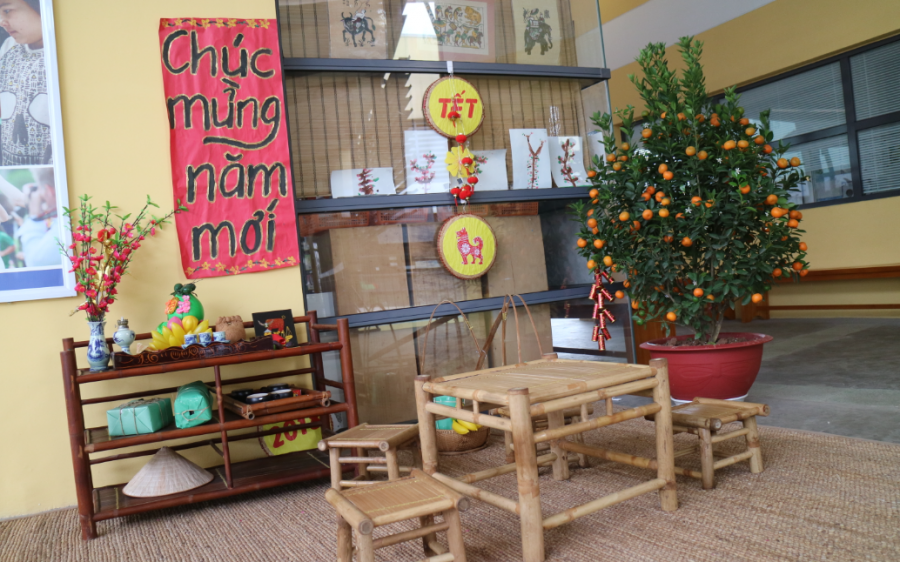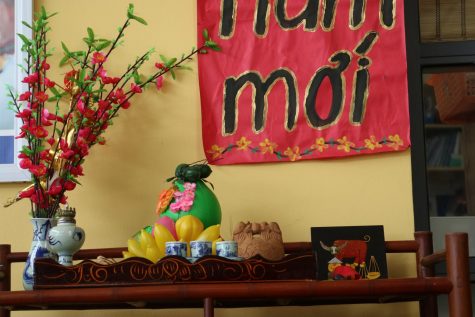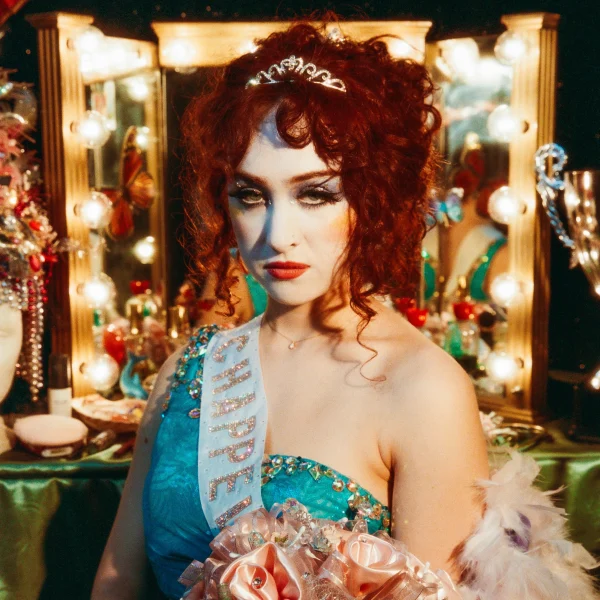Celebrating Tet in Hanoi
Lunar New Year is marked as the beginning of the year, traditionally in regions where lunar calendars are used. It is considered to be the largest celebration in the East Asian cultural sphere, which includes Vietnam. Here in Vietnam, Lunar New Year is known as ‘Tet’; It is also the longest holiday since it lasts up to 7 days. Tet is a solemn yet jubilant occasion for Vietnamese people to express their love and respect for their family, both the living and the dead.
To elaborate more on the historical background behind Tet, it is important to note that Confucianism, a Chinese religious and philosophical tradition that follows the teachings of Confucius, is deeply rooted in Vietnamese culture. This religious context engendered Vietnam to be a country that highly upholds family values and morality. This is why during Tet, Vietnamese people return to their hometown for this annual occasion of family reunion and paying homage to dead family members at the altar as a part of Vietnamese ancestor veneration tradition.
If you visit Vietnamese homes during Tet in Hanoi, you will most likely notice that houses are decorated with peach blossom trees and kumquat trees. These trees would also be decorated with ornaments for good luck and prosperity in the coming year.
A myriad of Vietnamese people will also travel to temples and places of worship according to their religious affiliation (whether that be Buddhist, Christian, Dao Mau, or etc.) to pray in hopes for a prosperous new year. Specifically in Hanoi, many people will visit the Temple of Literature (locally known as Van Mieu), a Confucian temple, in order to enjoy the festivity. Some may visit to pray to Confucius and his disciples for success, some may come to ask for Vietnamese calligraphy to decorate their homes and to wish for luck, and some may just simply come to take good family photos.
Giving and receiving is also a big part of Vietnamese communal culture. Giving calligraphy as a present is a big part of Tet culture as people receive calligraphy scrolls either in Chinese characters or Vietnamese scripts for good fortune. Like many Vietnamese folk traditions, no one knows the exact origins of the custom. Nevertheless, this culture has been cherished for a long time as a reflection of Vietnamese people’s traditional reverence towards education, and honoring scholars. Furthermore, giving lucky money to children (typically in a red envelope) is also a big custom in Vietnam. This symbolizes family and friends coming together to help each other financially and socially, blessing each other with good fortune for the coming year.
On a more serious note, Tet (like any other new years) is a time for a fresh start and renewal. Since Vietnamese people believe that the interactions and relationships that they form during Tet determine their fortune for the rest of the year; everyone will simply try to be a better person, full of warmth and happiness. It is a time to sweep away all misfortune and negativity and start anew. From this, we can all learn that just with a bit more smile and kindness, we can make the world a better place, not only for us but all those around us.





